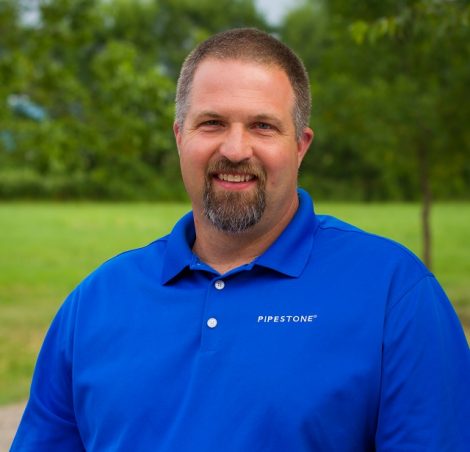
It’s time to start a new group of pigs. If you want your best closeout, get your weaned pigs off to a good start.
This begins long before the pigs arrive. Your journey starts with communication to your sow unit, confirming delivery times to ensure the barn is cleaned, disinfected and dried to create the best environment for incoming pigs.
Communicate with your veterinarian to have a proper health plan in place. Make sure all medications and vaccinations are on-site when pigs arrive so they can be administered in a timely manner when warranted. Finally, confirm with your nutritionist that you have the proper feed budget and plan in place for your incoming pigs.
Although this plan might change, it’s important to discuss before pigs are placed on your farm. Here are three reminders to get those weaned pigs off to the best start possible.
1 Make sure the barn is in good working order.
A couple days before delivery, verify that the barn is thoroughly cleaned and disinfected. Inspect barn equipment to make sure it’s in good working order to minimize challenges as you start pigs on feed. If you don’t have a checklist, consider including the following items to be sure they are in good working order: fans (both pit fans and wall fans), inlets (plugging any holes that would be considered an improper inlet), heaters, brooder heaters, heat lamps, feed motors/lines, gating, flooring, water sources and proper setup of your controllers.
2 Start heaters and load feeders.
Once the barn is ready to receive pigs, warm your barn or room 24 hours prior to delivery. Once the barn is warmed, put the first stage feed ration in the feeders, making sure all feed from the previous group is flushed from the feedlines. The first feed ration is typically the most expensive, but also the most important. Spread the ration evenly to all feeders so each pig gets the proper amount of the budget. Once feed is in place, verify that water is on, proper flow rates are present and water sources are accessible to all pigs.
3 Move the pigs in.
Finally, we are ready to receive pigs and move them into their new home. We’re done now, right? Not quite. Pull the bottom 5% to 10% and place them into a pen in the middle of the barn, giving them extra TLC, less pen competition and a nutrition ration that would target a better start on these smaller pigs. Once these smalls are pulled, determine how many pens you will fill, and how many you will leave empty to allow for hospital and recovery pens. Most people allow for 5% of their space to be used for these pigs, leaving the remaining space (general population) to be used to evenly distribute the rest of the pigs in the group.
The next 10 days are crucial. Give your pigs the best chance possible with these four reminders:
> Know the proper CFMs (cubic feet per minute) for minimum ventilation, taking into consideration the time of year. Verify that what was set is happening in the barn. Check fans and inlets. Look for drafts that could cause piling. Observe temperatures and settings daily, then lower set temperature and increase minimum ventilation as needed.
> Check water availability, ensuring proper pressure, volume and adequate space for the size of pig. Monitor daily that all are working and clean, adjusting as needed.
> Make sure all feeders are set properly and fresh feed is presented at all times. Clean out any wet/spoiled feed to keep pigs coming back to the feeder. Another key component to feed presentation is mat feeding to encourage consumption.
> See every pig every day. Look for health challenges such as scouring, coughing or unusual behavior. Treat sick animals with appropriate antibiotics as needed. Identify sick pigs or pigs that need to learn how to consume dry feed and pull them into the hospital pen for more intensive care. Once these pigs have recovered, move them to the recovery pen to give new pull pigs a better chance to recover. Your next set of pigs will be ready.. set.. GROW! If you have any questions, reach out to any Pipestone Management Wean to Market field team members, we are happy to assist.
Chad Berentschot
Field Supervisor
Pipestone Management
